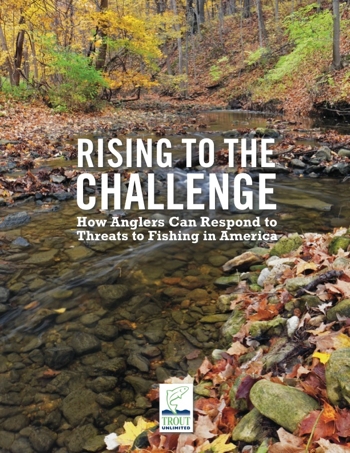There are three things that make a healthy stream
- Cold, clean water
- Habitat for juvenile fish to hide, and for big fish to grow and spawn
- Sensible rules that protect streams from development
We can thank the Clean Water Act for all three key ingredients that contribute to quality trout and salmon fishing in America.
If you fish, there is no law more important than the Clean Water Act. The list of rivers that have benefited from the protections of the Clean Water Act reads like a copy of America’s 100 Best Trout Streams.
The Environmental Protection Agency and U.S. Army Corps of Engineers have proposed a rule which would ensure that these protections continue into the future. But Congress is on the verge of stripping protections from these seasonal “intermittent and ephemeral” streams, these small waters that feed into large waters and that help to grow big fish.
Nearly 60 percent of all of the stream miles in the United States are classified as small, intermittent or headwater. This report will make clear the connection between seasonal streams that may run dry at certain times of the year (i.e., “intermittent and ephemeral” streams) and historic trout and salmon habitat.
It’s a pretty simple choice: Stand up for the kinds of protections that made fishing better for 30 years? Or settle for a future of dirty water and smaller and fewer fish?
Download maps for your state |
|||||||

California |

Colorado |
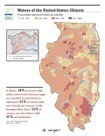
Illinois |
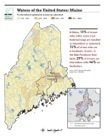
Maine |
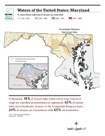
Maryland |
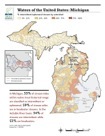
Michigan |

Minnesota |
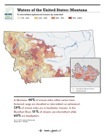
Montana |
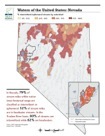
Nevada |
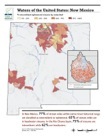
New Mexico |
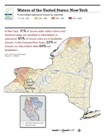
New York |
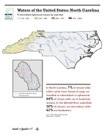
North Carolina |

Oregon |
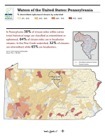
Pennsylvania |
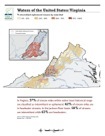
Virginia |
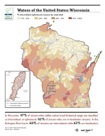
Wisconsin |



